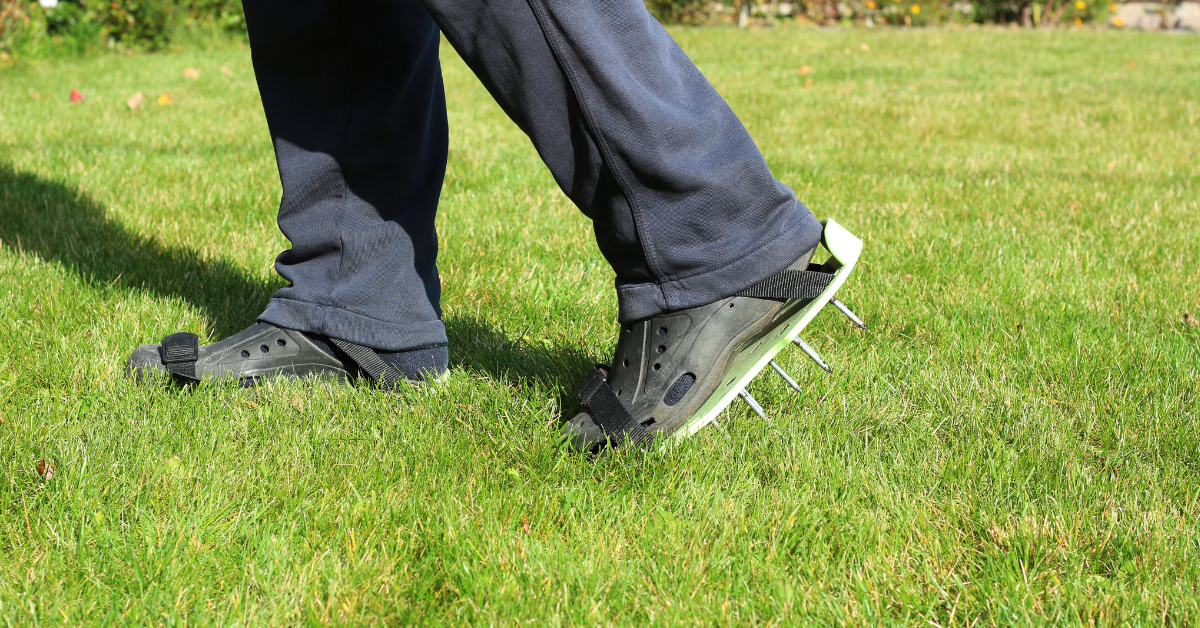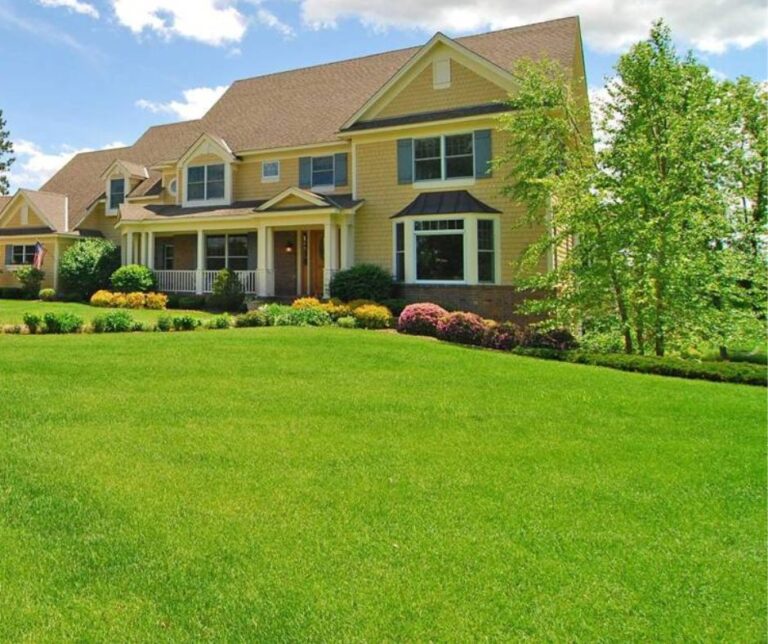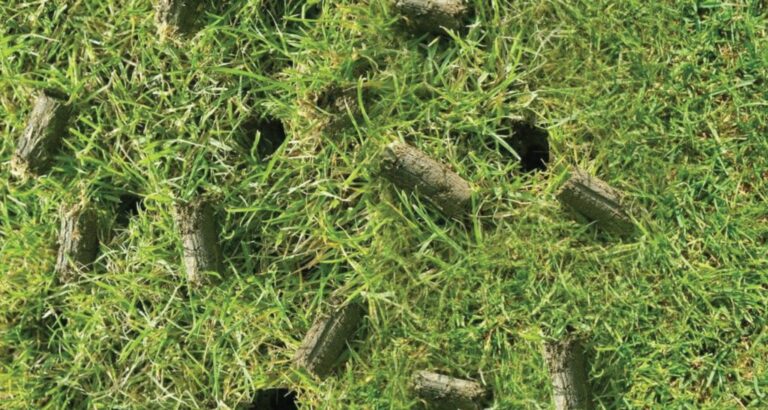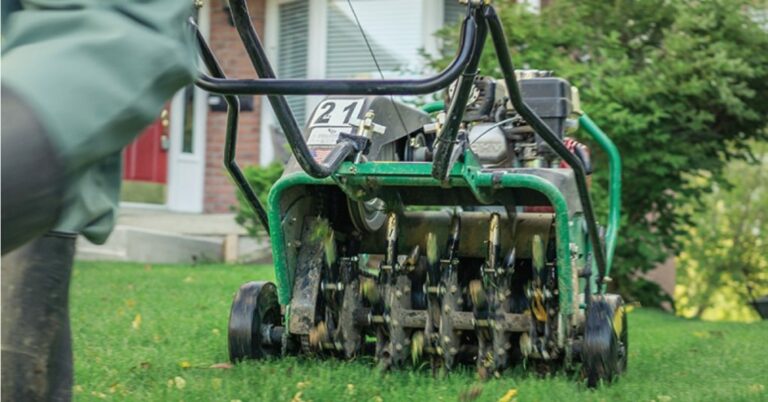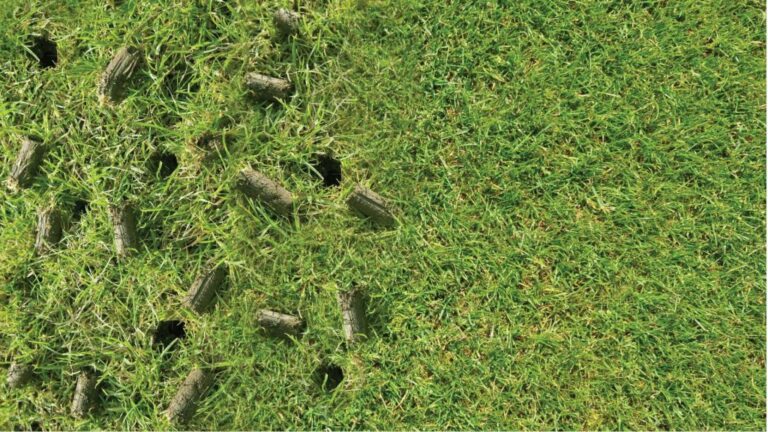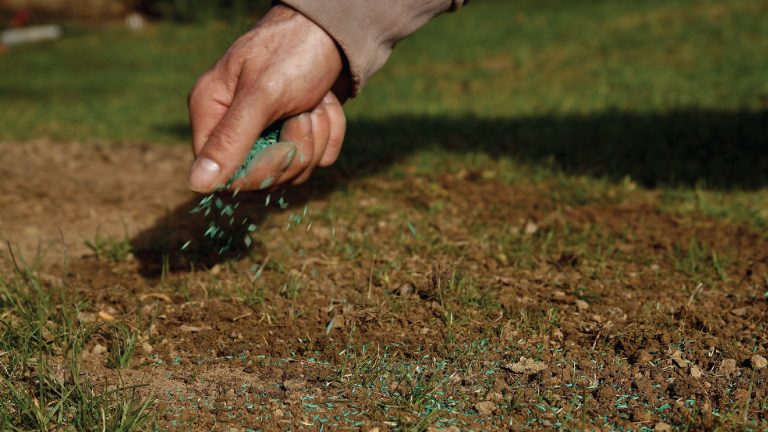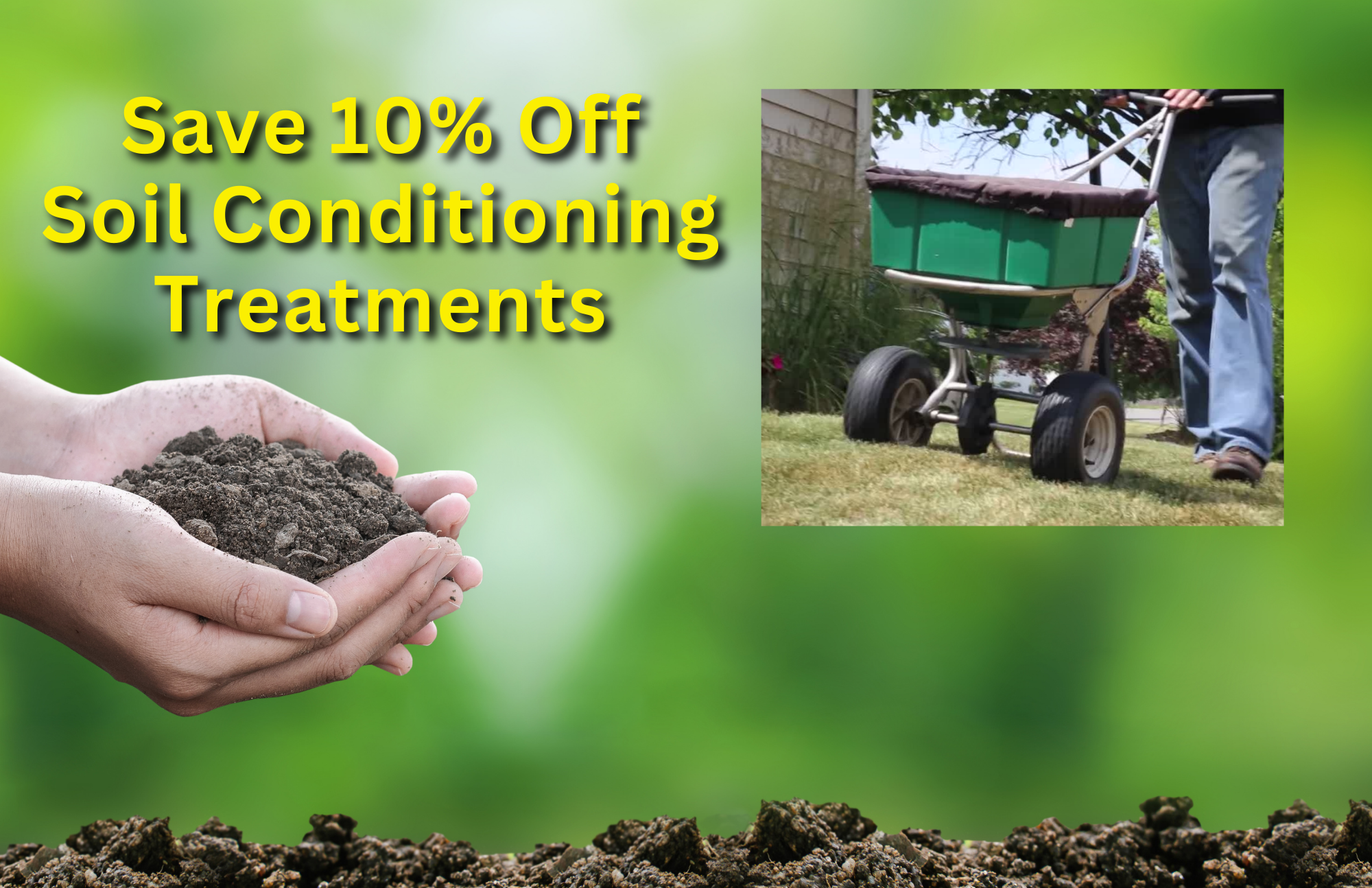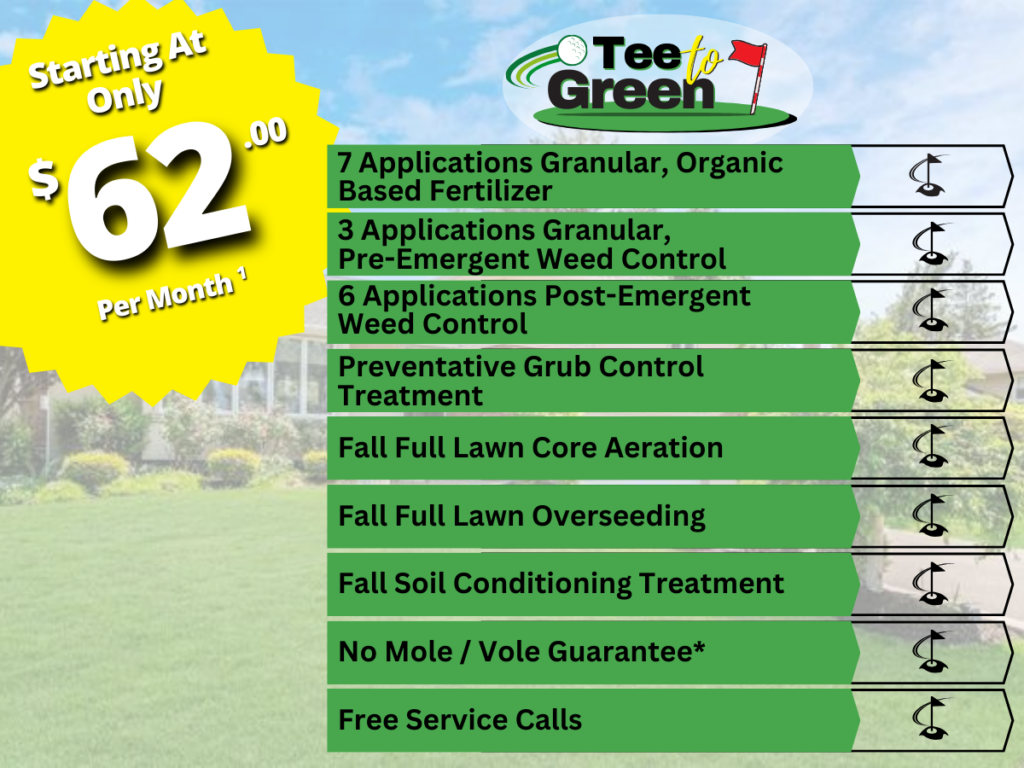The Importance of Core Aeration for Lawns
From early spring through late fall, homeowners and groundskeepers alike are focused on making sure their lawns are regularly watered and mowed, helping keep up the curb appeal of neighborhoods and local businesses.
When it comes to treating a lawn, the first go-to is often fertilization. With the goal of ensuring that the grounds are kept healthy enough to nourish the grasses and other plants, it sounds like the perfect plan. However, what many don’t know is that the micro- and macronutrients found in fertilizer can have a hard time reaching the deep soils.
The environment found deep below the ground is just as important as the one found at the surface. When you pay attention to the grounds below, you create an ecosystem that’s ideal for vital growth above. For a quality envelopment for lawns to flourish all season long, adding Core Aeration to the mix is ideal.
What Is Core Aeration & Why Does Your Yard Need It?
To perform core aeration, you either use a plug spike or a plug aerator that can open the ground for air, water, and fertilizers to enter deep into the soil. The act allows existing grasses and new seedlings to become strong and healthy. By breaking into the ground surface, you let the deeper soil gain the moisture it needs to absorb the surface nutrient. In other words, the deeper nutrients can travel, the healthier the grass roots become.
As for how often your lawn needs to be aerated will depend on the type of soil your lawn sits on. For example, clay soil will require core aeration more often than sandy soil. If you live in a region where the climate is harsh, your lawn may need to be aerated 2 to 4 times every year.
Practicing core aeration will give your lawn the foundation it needs to thrive. Giving it the attention it needs will keep your lawn from attracting lawn diseases and out-of-control weeds. Your turf will be able to better handle the stress of cold and heat with deeper, thicker roots.
Other Things To Know About Core Aeration
Low Risk of Thatch: Aerating your lawn will help reduce dead grass layer build-up, commonly known as thatch. Aeration also gives microbes to the soil that decompose these dead layers, and as a result, nutrients are able to penetrate deeper into the soil – a perfect recipe for a vibrant lawn.
Reducing Soil Hardness: Hard or compacted soils prevent the air and nutrients from reaching the soil’s core which deteriorates the grass, causing dead patches, and spots on the lawn. Core aeration helps reduce soil density as well as relieve the compaction effectively.
Best Time for Aeration: To prepare your grass for winter dormancy, lime treatment and fall lawn aeration are highly recommended. Why fall? The autumn weather gives grasses a head start to store ample energy throughout the cold winter months. Consider aerating your lawn before and after over-seeding. This will boost the germination process and provide a healthy environment for the new grass seedlings.
Lime Treatment After Core Aeration: If you’re working with a professional lawn aeration service provider, they will most likely perform lime treatment after aerating your lawn. Applying lime reduces the acidity in the soil and balances its pH levels, further allowing nutrients to go even deeper into the ground.
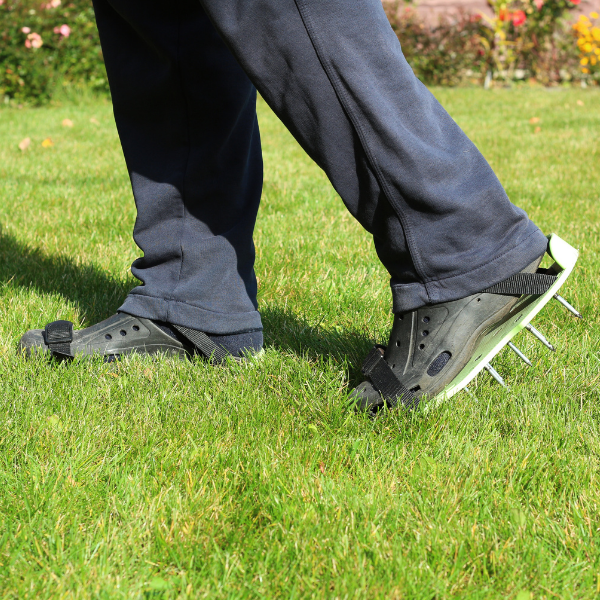
Let Your Lawn Breathe: Book A Local Lawn Aeration Service Today
Our dedicated Tee Time Lawn Care lawn treatment professionals will provide over-seeding and core aeration services that can heal your lawn from excessive foot traffic and drought-like conditions. To schedule a Tee Time Lawn Care technician, give us a call or visit fill out the nearby quote form.

